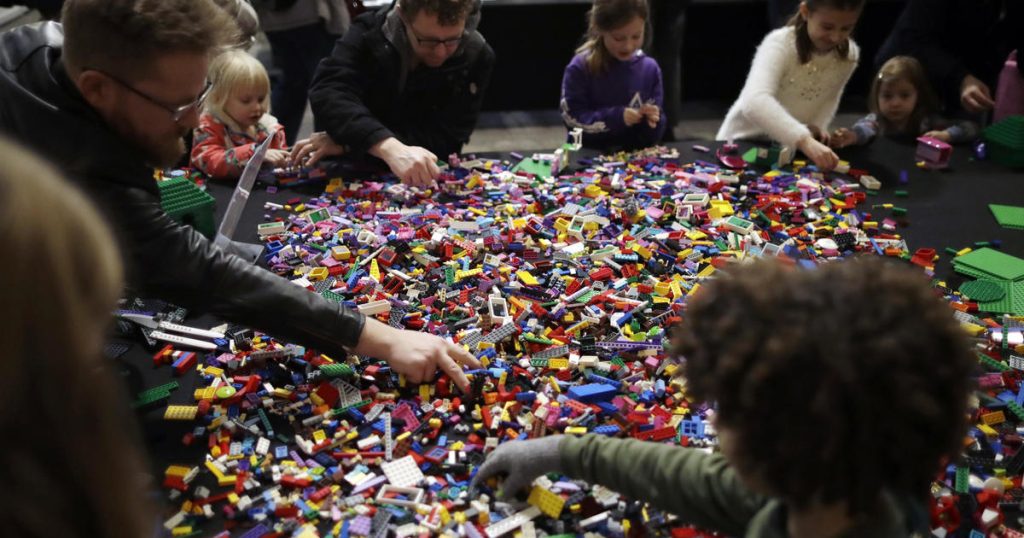LEGO recently announced plans to increase its use of renewable plastics in the production of its signature bricks, aiming to shift away from fossil fuels by 2032. Currently, all LEGO bricks are made from a mix of virgin plastics from fossil feedstocks and renewable materials. The company has been testing over 600 materials in the last eight years to make its bricks more sustainable, using a production method known as “mass balance” which combines virgin fossil fuels with renewable materials like plant oils. In the first half of 2024, an average of 22% of the materials used for LEGO products came from renewable and recycled sources, up from 12% in 2023.
While LEGO’s transition to greener materials will come at a cost of 70% more for renewable resin, the company has stated that it will absorb the costs rather than passing them on to consumers. The announcement was made as part of LEGO’s earnings report for the first half of 2024, which showed revenue growth of 13% and consumer sales growth of 14%. With over 300 million metric tons of plastic produced globally each year and only a small fraction being recycled, LEGO’s move towards sustainable materials highlights its commitment to reducing its environmental impact.
Oil and gas companies, including ExxonMobil, have been working towards a more renewable future by partnering with cities for mechanisms like “advanced recycling.” However, critics have raised concerns about the efficacy of such methods in addressing the plastic problem. Sustainable plastics advocate Melissa Valliant emphasized the negative health and environmental hazards associated with recycled plastic and urged LEGO to explore alternative materials for its bricks. Despite the challenges, LEGO remains committed to its goal of using entirely renewable and recycled materials by 2032.
LEGO’s history dates back to 1932 when it was founded in Denmark by Ole Kirk Kristiansen. The company’s iconic plastic bricks were invented in 1949 and have since become a global favorite toy. Originally known as “Automatic Binding Bricks,” LEGO has evolved over the years to embrace sustainability in its production practices. As one of the leading toy manufacturers in the world, LEGO’s shift towards renewable plastics reflects its dedication to reducing its environmental footprint and contributing positively to the fight against climate change.
With plastic recycling rates remaining low globally and the challenges posed by the diversity of plastics, initiatives like LEGO’s use of renewable materials are crucial in fostering a more sustainable future. By investing in greener production practices, LEGO sets an example for other companies in the industry to follow. As consumers increasingly prioritize sustainability in their purchasing decisions, LEGO’s commitment to using renewable and recycled materials aligns with the growing demand for eco-friendly products. Moving forward, LEGO’s efforts to reduce its reliance on fossil fuels will contribute to a more sustainable and environmentally conscious toy industry.


